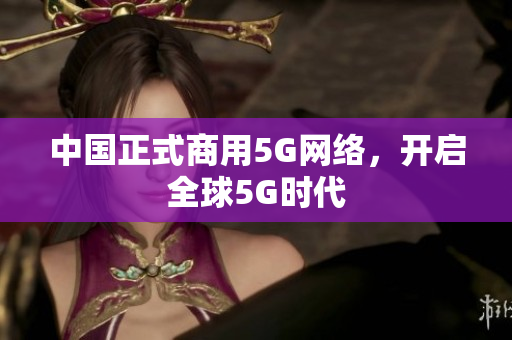
软件更新时间: 2024-02-04 06:02:49 / 版本:V3.06.47 / 大小:149MB
详情内容
Humanity has a rich tradition of artistic expression, ranging from painting and sculpture to literature and music. Some of the most iconic artworks in the Western world have inspired and enraptured generations of people with their beauty, depth, and meaning. However, in the age of technology and connectivity, new challenges and opportunities have emerged for the creative industries, and the rise of 5G networks promises to revolutionize the way we experience and consume art. In this article, we will explore some of the most famous works of art in Western history, the potential of 5G technology for the arts, and some of the ethical and practical dilemmas that arise in this context.
The Western canon of art is vast and diverse, encompassing different styles, genres, and time periods. However, some works stand out as the epitome of artistic achievement and cultural significance. For instance, Leonardo da Vinci's Mona Lisa is widely considered the most famous painting in the world, known for its enigmatic smile, subtle tonal gradations, and masterful use of sfumato. Similarly, Michelangelo's sculpture David, depicting the biblical hero in heroic nudity, is a symbol of human perfection, courage, and defiance in the face of adversity. In literature, William Shakespeare's plays have left an indelible mark on the English language and the world's imagination, with works like Romeo and Juliet, Hamlet, and Macbeth exploring themes of love, death, and power with unmatched eloquence and depth.
The arrival of 5G networks promises to transform many aspects of our lives, including how we interact with art and culture. For instance, 5G networks can enable faster, more reliable, and high-quality streaming of art exhibitions, concerts, and theatrical performances, allowing more people to experience them regardless of their geographic location or physical ability. Moreover, 5G can enable immersive technologies such as augmented and virtual reality, which can enhance the way we perceive and engage with art, whether by allowing us to "enter" a painting or sculpture, or by creating interactive and multisensory experiences that blur the boundaries between art and life. Furthermore, 5G can facilitate the creation and distribution of user-generated content, providing a platform for emerging artists, writers, and musicians to showcase their talent and gain exposure, bypassing traditional gatekeepers and intermediaries.
However, the integration of 5G technology in the arts also raises some ethical and practical questions that need to be addressed. For instance, some critics argue that the increasing use of virtual and artificial experiences may dilute the authenticity and uniqueness of traditional art forms, leading to a loss of cultural heritage and artistic diversity. Additionally, the reliance on 5G networks and devices may exacerbate the digital divide between those who have access to them and those who do not, perpetuating social inequalities and exclusion. Furthermore, the monetization of user-generated content and the exploitation of intellectual property rights may pose challenges to artists, as well as to platforms and regulators trying to balance creativity and commercial interests.

The advent of 5G networks represents both an opportunity and a challenge for the arts, as it opens up new possibilities for creativity, expression, and participation, while also raising concerns about authenticity, access, and equity. Whether 5G will empower or undermine the arts depends on how we harness and regulate its potential, and how we balance the interests and values of different stakeholders involved. Nevertheless, one thing is certain: the human impulse to create, appreciate, and share art will continue to shape and enrich our lives, even in the age of technology.
同类内容
最新更新游戏换一换
热门专题推荐MORE +